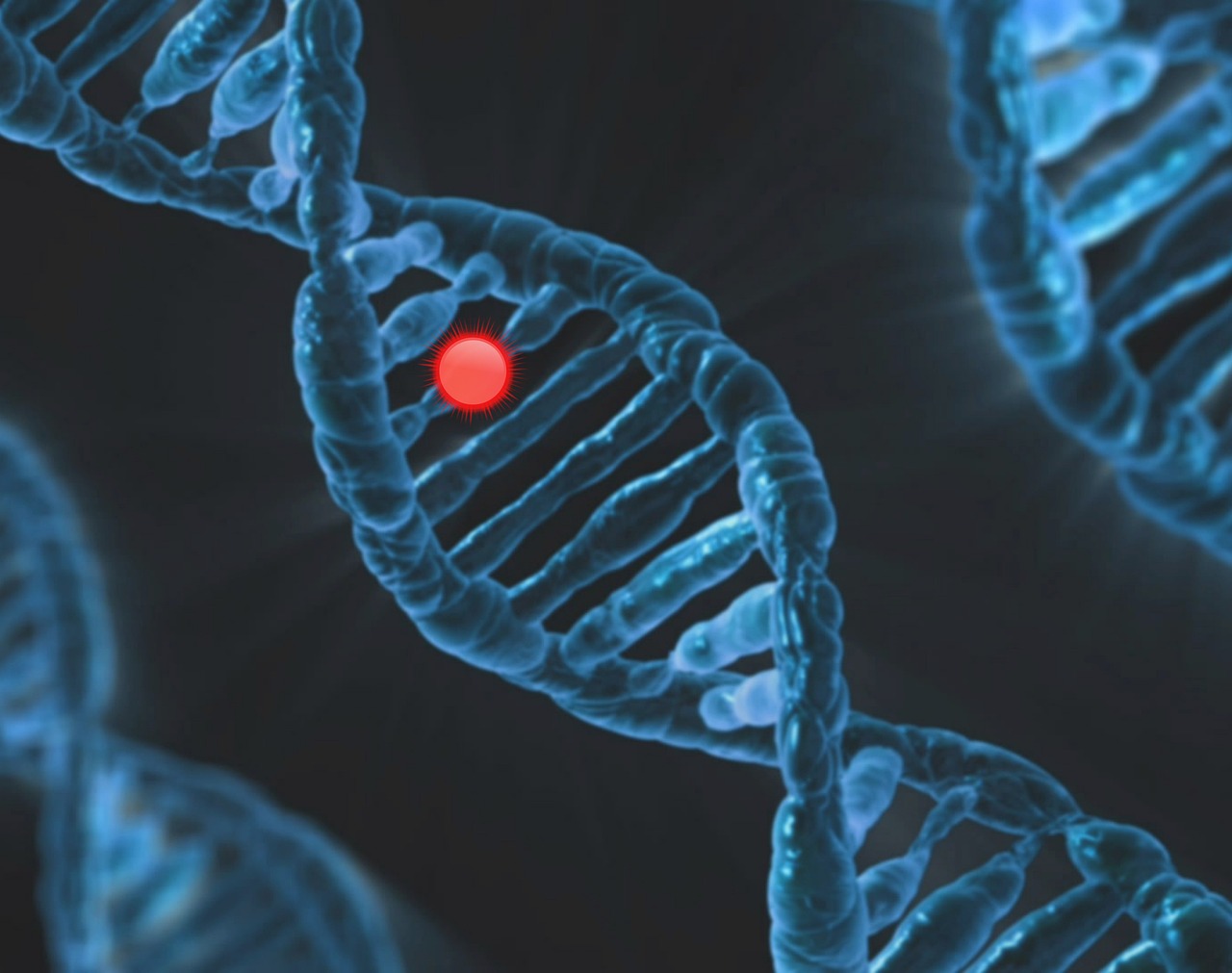Prior to this lesson students should have a basic understanding of cells, cell organelles and their functions, and the structure of DNA.
Although principles of biotechnology have been in use for over 6,000 years, the scientific field of biotechnology is relatively new. Biotechnology can be broadly defined as the use of living organisms or biological processes to make a product. Applications of biotechnology include using microorganisms to clean oil slicks, finding cures for human diseases by identifying related DNA sequences, and improving crop yields by transferring DNA from one organism to another to modify the genetic makeup of that organism.
Gregor Mendel was the first person to trace the characteristics of successive generations of a living thing (peas), and his discoveries laid the foundation for biotechnology as it is practiced today. Mendel was not a world-renowned scientist in his day. Rather, he was an Augustinian monk who taught natural science to high school students. His discovery of trait transfer was, at first, a theory. Genetic theory is no longer questioned in anyone’s mind. Many diseases are known to be inherited, and pedigrees are commonly traced to determine inheritance patterns of disease. Plants are now designed in laboratories to exhibit desired characteristics. The practical results of Mendel’s research not only changed the way we perceive the world but also the way we live.
The modern processes of biotechnology allow scientists to select what types of traits an organism will have and create changes that would otherwise happen slowly, over many seasons in the field. In agriculture, biotechnology is being used to increase crop yields, produce insect- and weed-resistant plants, and enhance vitamin and mineral content in food. It is also used to increase milk production and make cheese. Many of these advancements have been achieved by directly manipulating the DNA of plants and microorganisms, a process known as genetic engineering. Plants and microorgansims with genetically engineered DNA are called genetically modified organisms (GMOs) or simply bioengineered. The process of transferring genetic information between plants was developed in 1973, and there is still debate regarding the benefits and risks of GMOs.
In this activity, students will model a process that scientists use to extract DNA strands. Deoxyribonucleic acid (DNA) is a long molecule that contains the genetic instructions used in the development and functioning of all known living organisms and some viruses. Yes, DNA is in all your food! The main role of DNA molecules is the long-term storage of information. DNA is often compared to a set of blueprints, a recipe, or a code because it contains the instructions needed to construct other components of cells, such as proteins and RNA molecules. The DNA segments that carry this genetic information are called genes, but DNA contains more than just genes. Other DNA sequences are involved in regulating the use of this genetic information, and others have structural purposes. For more information about genetics and easy to understand tutorials, visit the Genetic Science Learning Center.
In this lab, students will extract strands of DNA from the nuclei of strawberry cells. Mashing the strawberries will break the cells’ walls, exposing the inner membranes. The DNA extracting solution will disrupt the cell and nuclear membranes. Filtering the mixture gets rid of all the strawberry cell parts that are bigger than DNA. Finally, the alcohol causes the DNA to precipitate and come out of the solution. Participating in the extraction of DNA will help familiarize students with one aspect of the work biotechnologists do.
In terms of careers, a plant scientist or genetic engineer may use biotechnology as a tool; these scientists may also employ biotechnologists. Biotechnologists have diverse and interesting careers. They work with living organisms in manufacturing and industrial settings. Often biotechnologists do not work with the complete plant or animal, but rather focus on cells, tissues, and even microorganisms that may be contained within the larger plant or animal structure. Often, a biotechnologist works in a laboratory setting under carefully controlled conditions to make changes to the minute systems that exist within a single cell.
Biotechnologists can be hired to help develop new medicines and medical treatment options, assist in waste treatment or environmental remediation, or develop new characteristics in livestock and plants for agricultural use. Biotechnologists work in many different sectors, including hospitals and research facilities, private food or animal production companies, pharmaceutical companies, government agencies, and food processing plants. They come from backgrounds in science and engineering or a combination of several educational groups including chemistry, biochemistry, microbiology, life sciences, and pharmacy sciences.

